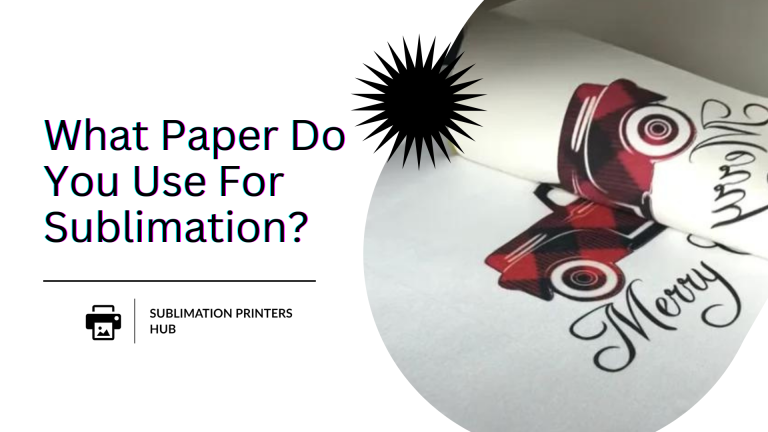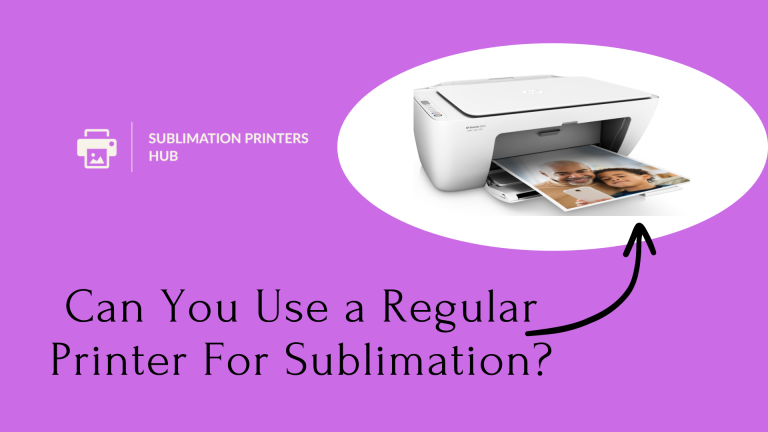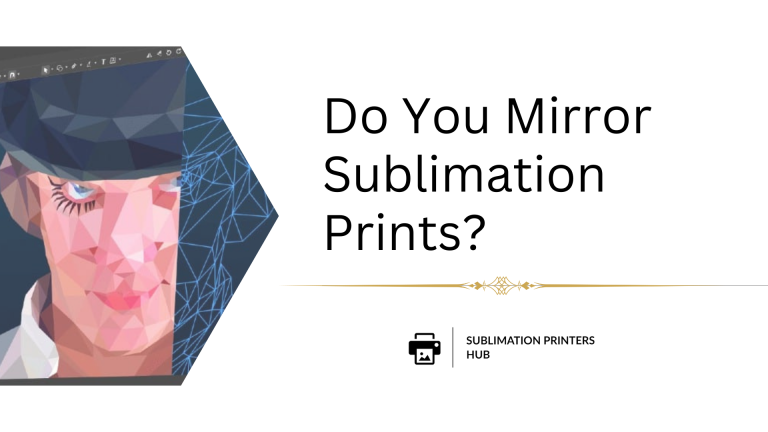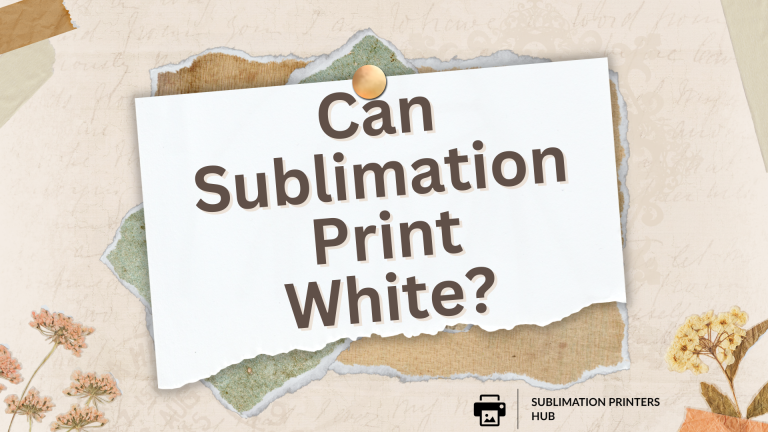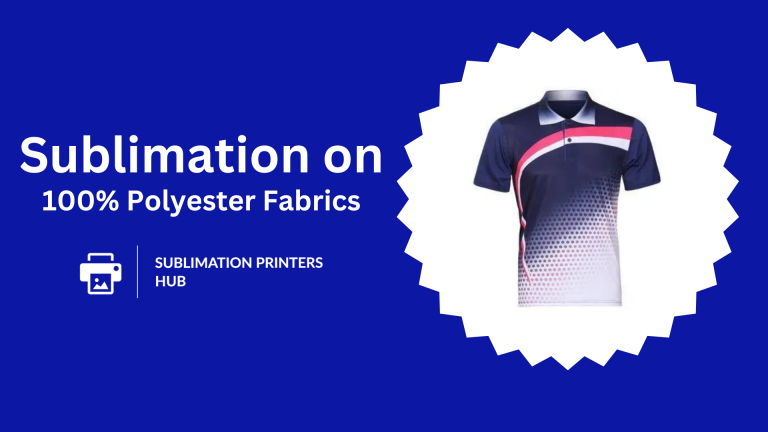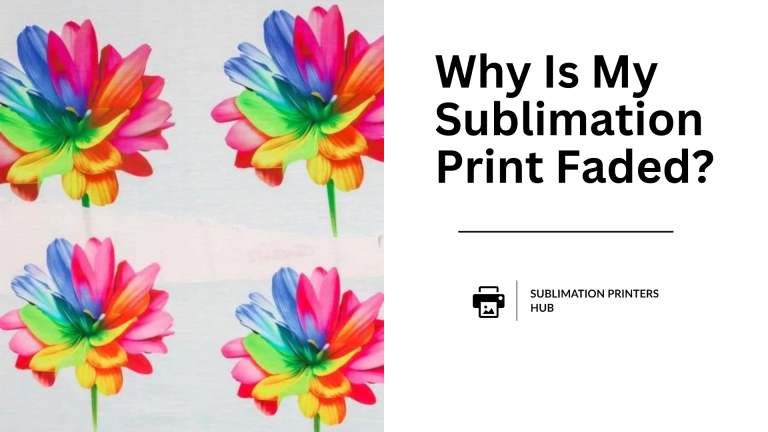Is it Possible To Use Sublimation Ink For Regular Printing?
In recent years, sublimation printing has gained in popularity for generating personalized prints, shirts, mugs, and other products. But, can the unique inks used in sublimation printers also be utilized for conventional printing?
This article discusses the fundamental distinctions between sublimation and normal printing, as well as whether sublimation ink is appropriate for regular document or photo printing.
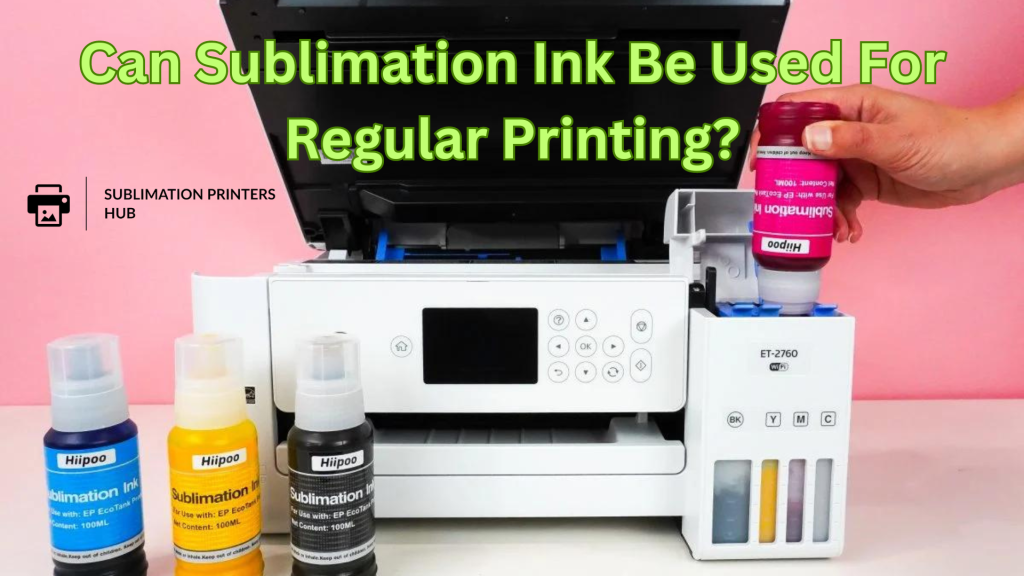
What Exactly is Sublimation Printing?
Sublimation printing, also known as dye-sublimation printing, is a type of digital printing that employs heat to transfer dye onto materials like polyester, metal, wood, and ceramic. Under high heat, the ink, known as sublimation ink, transforms into a gas and permeates the material, making a permanent print by bonding with the polymer fibers.
The end effect is bright, long-lasting patterns that completely saturate the material. Custom t-shirts, mugs, phone cases, hats, puzzles, wall art, and other items are common sublimation printed products.
Sublimation Ink Characteristics
Sublimation ink has special qualities that make it ideal for dye-sub printing. Key characteristics include:
• Particles that are extremely fine and turn gaseous when heated
• Long-lasting prints that penetrate materials deeply
• Vibrant, saturated coloring as a result of the bonding process
• Translucent ink colors that shine through white polyester
• Designed for high-heat printing operations

Why Doesn’t Sublimation Ink Work in Regular Printers?
While ink formulae differ between printer manufacturers, basic sublimation inks have characteristics that make them incompatible with traditional printing methods.
The majority of standard document and photo printers use pigment-based ink that sits on top of the paper.
However, sublimation ink creates permanent coloring only when evaporated at temperatures above 400°F. Desktop printers cannot reach these temperatures without the use of specialist heating equipment.
Furthermore, sublimation ink requires porous polymeric material to infiltrate and bond with, such as polyester fabric. It will not adhere adequately to standard printer paper. When the colors cool, they are readily scratched or washed away.
Always match your ink type to the suitable printer and substrates for the greatest print quality. Using the incorrect formula can harm your printer or result in poor print quality.
When Should You Use Sublimation Printing?
Because of its versatility, sublimation is perfect for promotional handouts, personalized items, sporting apparel, décor, and more. Standard pigment ink printers remain the most practical and cost-effective option for printing documents or images.
Sublimation produces rich, long-lasting prints, but it necessitates specialized equipment designed for the ink and printing process. When searching for new printers or ink, follow manufacturer instructions to determine which systems are most suited for sublimation versus regular printing activities.
Sublimation Printing Tutorials


